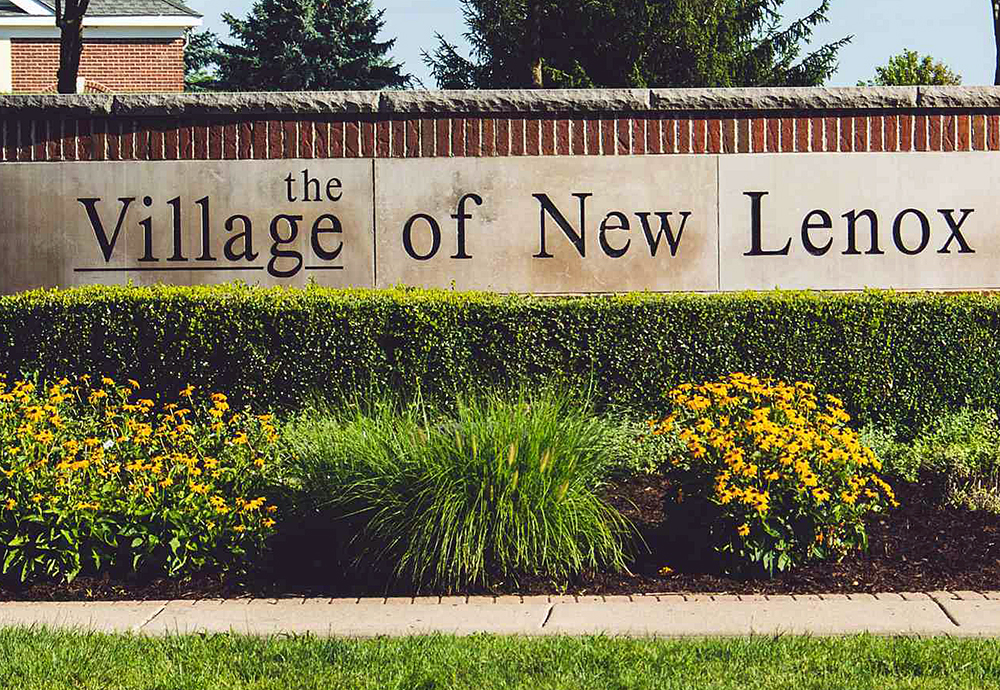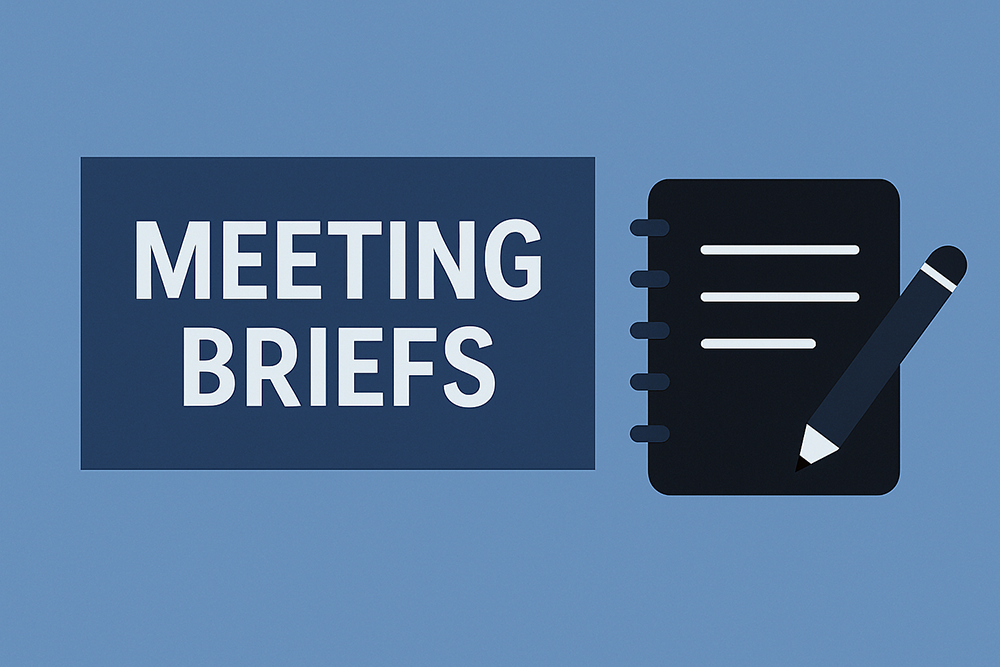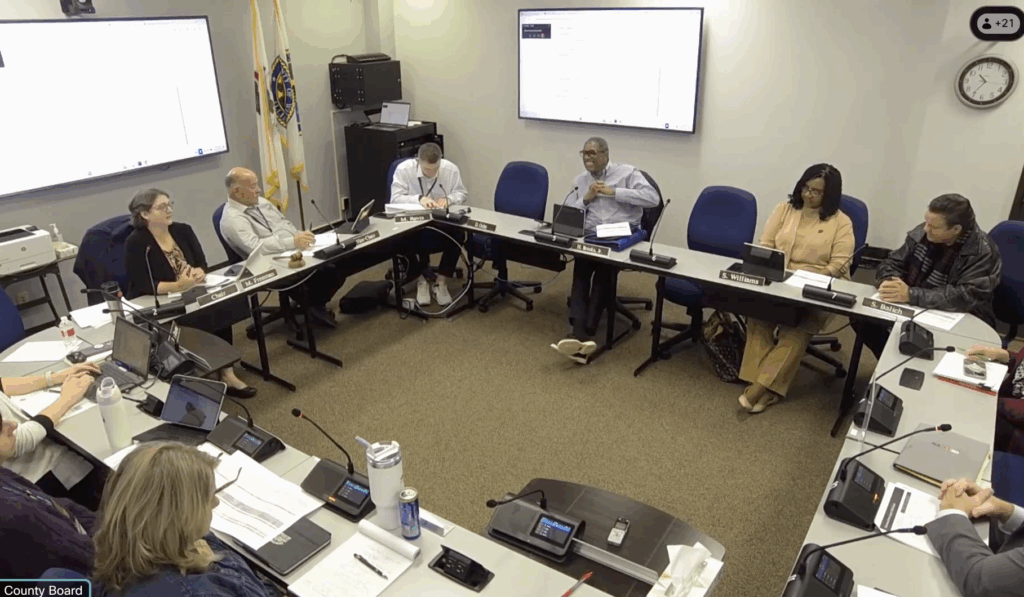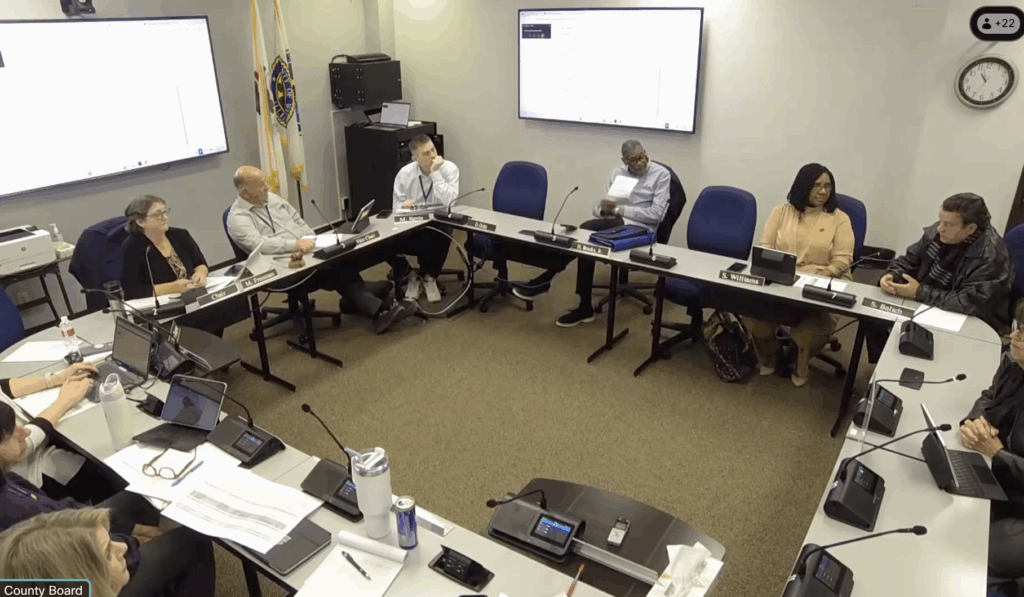
Everyday Economics: Housing market and Fed policy in focus in the week ahead
This week brings crucial updates on America’s housing market struggles and hints about where interest rates might head next.
Housing Data Dump
Several major housing reports land this week. Zillow releases its monthly snapshots of both rental and home sales markets, while the National Association of Realtors reports July’s existing home sales numbers.
The story remains stubbornly consistent: despite homes becoming slightly more affordable, sales are stuck in neutral. The typical monthly mortgage payment dropped 1% compared to last July, and household incomes rose 3.8% over the same period. Yet sales remain sluggish.
Why? Economic uncertainty and a stagnant job market are keeping families from moving. People simply aren’t confident enough to make big housing decisions right now.
As we enter the traditionally slow fall season, sales are declining further. What started as hopes for a flat year compared to 2024 now looks optimistic. Zillow has already revised its forecasts downward.
A Closing Window for Buyers
Here’s the paradox facing those who can afford it and want to buy now: conditions are actually pretty favorable right now, but that window may be closing fast.
Currently, 27% of homes listed on Zillow have had price cuts – giving buyers more negotiating power than they’ve enjoyed in years. But this advantage depends on having plenty of homes to choose from, and that’s changing.
Sellers are doing what they typically do this time of year – pulling their homes off the market if they don’t sell quickly. With fewer new listings coming online, the total inventory of available homes is starting to stagnate. Translation: buyers who wait may find fewer bargains and less leverage in negotiations.
Builders Hit the Brakes
The construction industry is sending clear signals about confidence levels. Single-family building permits – a forward-looking indicator of new construction – dropped 6.3% in the first half of this year. July housing starts were 10% below last year’s levels.
Builders are essentially saying: “We’ll wait and see.” They’re delaying new projects until economic uncertainty clears and home sales recover. This cautious approach makes sense for individual companies but worsens the housing deficit for those stuck on the sidelines of the housing market.
Fed Officials Take Center Stage
The week’s main event happens in Jackson Hole, Wyoming, where Federal Reserve officials – including Chairman Jerome Powell – gather for their annual economic symposium. These aren’t just academic discussions; they’re closely watched for hints about future interest rate decisions.
The Fed faces a tricky situation. Inflation has ticked up recently while the job market shows concerning signs of weakness. This creates a policy puzzle: should they cut interest rates to support employment, or hold steady to keep inflation expectations in check?
Inside the Fed’s Debate
At July’s meeting, the Fed kept interest rates unchanged at 4.25-4.50%. Powell acknowledged slower economic growth and highlighted “downside risks” to employment – Fed-speak for worrying that unemployment might rise.
But not everyone agreed with staying put. Fed Governor Christopher Waller wanted to cut rates by a quarter-point in July. His reasoning was straightforward: recent tariff-driven price increases are temporary, monetary policy should be less restrictive given economic conditions, and the job market is weaker than headline numbers suggest.
Waller pointed out that once you account for expected data revisions, private-sector job growth is “near stall speed” – economist terminology for barely growing at all. The internal disagreements point to the difficult decisions ahead.
What This Means for Markets
Expect significant market volatility this week as investors analyze every word from Jackson Hole. Fed officials’ comments will be scrutinized for hints about September’s policy decision and beyond.
The housing market, meanwhile, continues its delicate balancing act. Affordability has improved modestly, but economic uncertainty keeps potential buyers and sellers on the sidelines. For those ready to move, the current conditions offer opportunities – but probably not for much longer.
The intersection of housing policy and monetary policy remains critical. Lower interest rates could support housing demand but not if the economy is crashing! Unemployed individuals can’t qualify for a mortgage in the first place.
Latest News Stories

Glock: Judge’s OK of Chicago’s anti-gun lawsuit questionable, at best

Illinois quick hits: DHS responds to migrant release order

New Gas N Wash and Dutch Bros. Coffee Projects Advance in New Lenox

New Lenox Approves Final Plans for The Patio Restaurant, Construction to Begin in December

New Lenox Awards $1.18 Million Contract for North Side Water Main Replacement

Meeting Summary and Briefs: Will County Public Works & Transportation Committee for November 2025

Will County Committee Members Debate Future Capital Priorities, Clash on Borrowing

Meeting Summary and Briefs: Will County Planning and Zoning Commission for November 4, 2025

Meeting Summary and Briefs: Will County Legislative Committee for November 4, 2025

Will County Saves $5.7 Million in Bond Refinancing, Maintains High Credit Ratings

Meeting Summary and Briefs: Joliet Junior College Board of Trustees for October 2025

New Lenox Approves Solar Subscription, Projects Over $100,000 in Annual Savings


